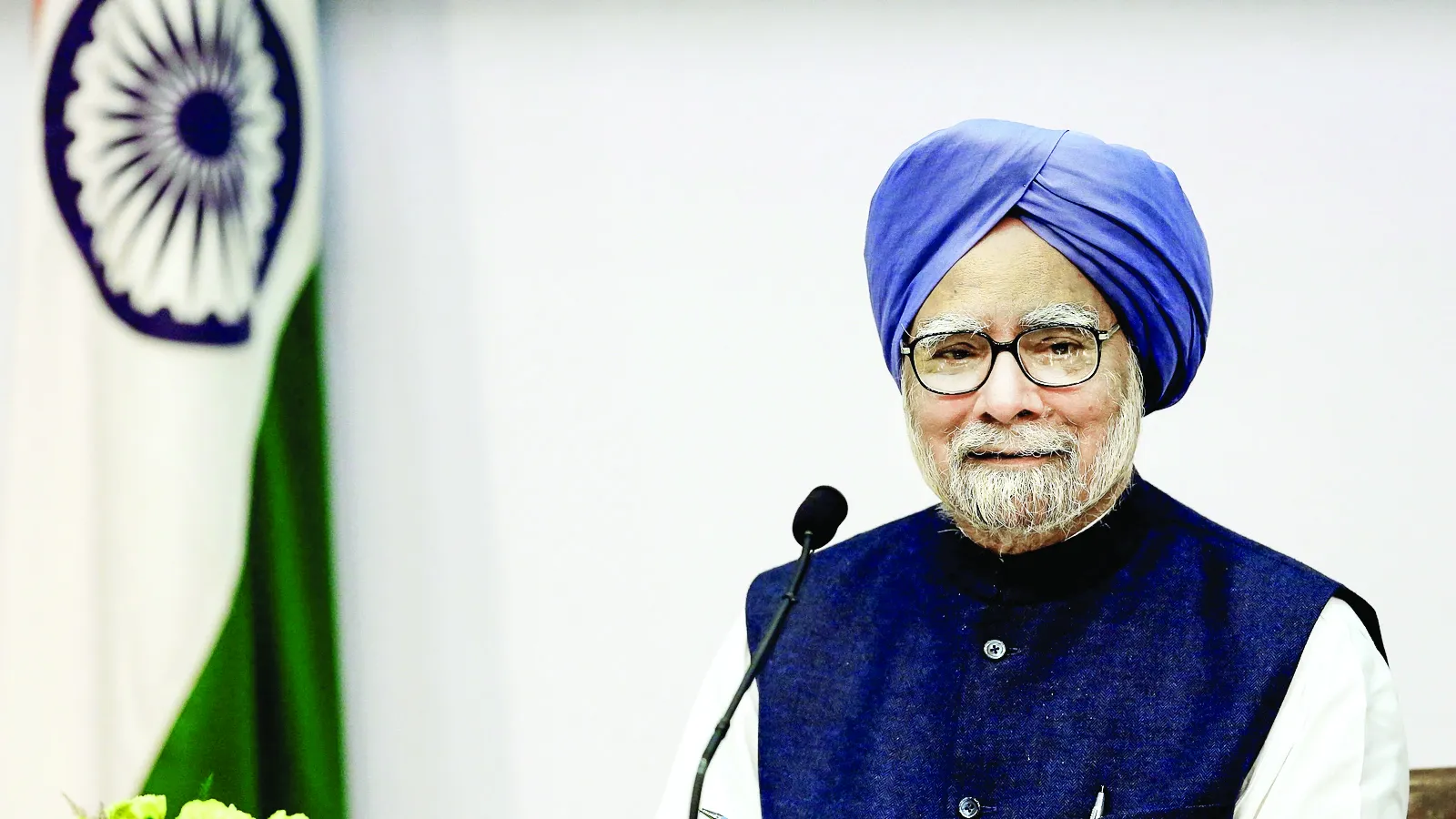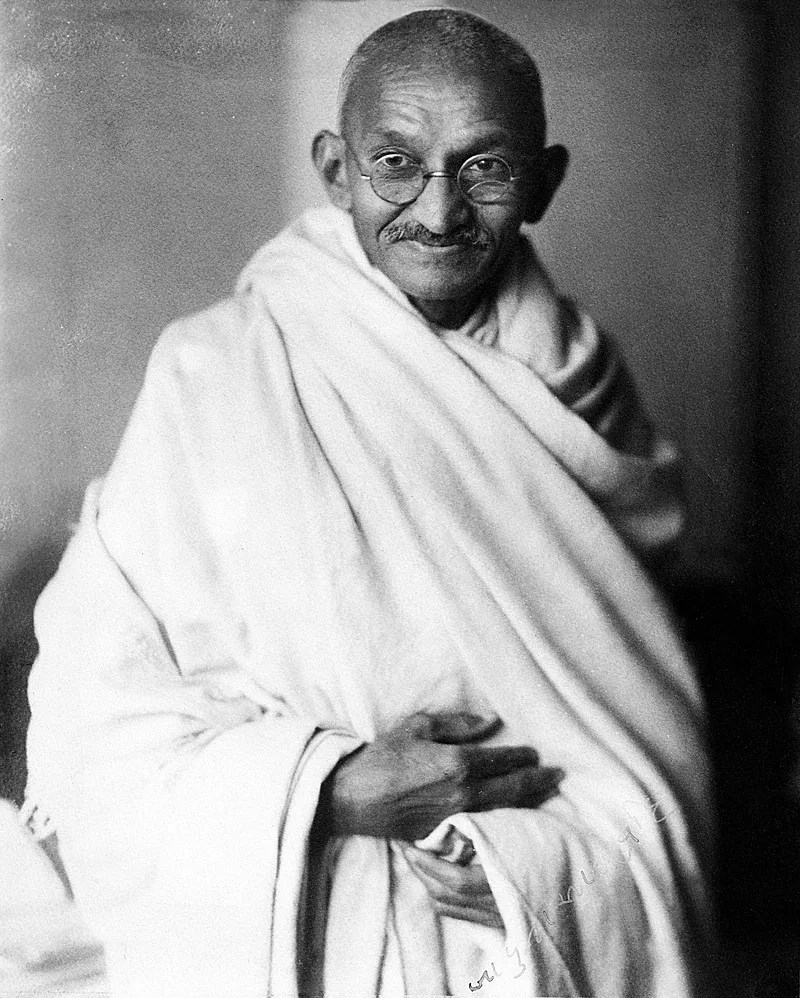In the backdrop of its trade wars against the US, an increasingly aggressive China starts land reclamation and territorial expansion which results in geopolitical shifts in the Asia-Pacific region. Controversies surrounding information security acted as a catalyst and Quad was revitalised after an eightyear-long hiatus, by meeting on the margins of the Manila ASEAN Summit in 2017. The US, India, Australia and Japan came together in 2004 as a “core group” to provide humanitarian assistance. They formed the Quadrilateral Security Dialogue (Quad) in 2007, but it was withdrawn in its nascent stage in 2008. But now, the Quad nations have been convening regularly, reaffirming their shared objectives of regional security and non-proliferation, upholding of international law, enhancing connectivity and economic development and freedom of navigation in the Indo-Pacific.
The current coronavirus pandemic calls for humanitarian aid and equipment, and cooperative vaccine development. But the recent India-China standoff in eastern Ladakh and the imposition of the national security law on Hong Kong drew the Quad nations to a conjectural alliance. In the meeting held in March 2020, three more countries — New Zealand, Vietnam and South Korea — exchanged notes to tackle the Covid-19 crisis and economic recovery post-pandemic, making the alliance “Quad Plus”. The growing aggression of China in the IndoPacific region and its initial cover up on the coronavirus outbreak, has led Quad+ to gain momentum and has subsequently increased the participation in Quad meetings by new players like Israel, Brazil and South Korea. We have also taken into account the prospective UK’s membership in Quad, given the tensions in Hong Kong and the UK’s citizenship plans, and its good ties with India, and hence have considered the expanded Quad Plus group with Brazil, Israel and UK along with the other seven countries discussed above; so we consider our group of 10 countries as Quad++.
The expansion of the Quad in the economic downturn conditions caused by the recession, trade wars and the pandemic, is vital for economic cooperation between the Quad nations to pull them to a path of economic recovery. On one hand, it will help in cornering China and on the other it would also kick-start trade and investment negotiations between the Quad nations. It is already a matrix of strategic and economic, trilateral and bilateral agreements. The US, Australia and Japan have come into an infrastructure agreement to counter the BRI of China. India, US and Japan have entered into a trilateral agreement to hold joint naval exercises. New Delhi avoided participating in the BRI of China and has also tactfully withdrawn from RCEP, much to the ire of Beijing, which is bringing into its clutches many debtridden nations by its predatory economic policies.
The recent India-China standoff has paved a way for India to come to the forefront in the Quad dialogue. The changes in the world order are throwing opportunities for India to emerge and establish itself as a regional power, which it can by fostering ties with the Quad member nations in economic cooperation. The US is the largest importer of Indian products, manufactured goods ($12,154 million), service goods ($10,156 million), pharmaceuticals ($6,247 million), textiles ($4,957 million) and wearing apparels ($4,369 million). US President Donald Trump has terminated the ‘Generalized System of Preferences for India’ on 5 June 2019, and has reinstated US tariffs. India and the US are exploring areas of economic partnership. As per Mukesh Aghi, president and CEO, US India Strategic Partnership Forum, “The rule of international law is important for nations to collaborate, compete and understand limitations. The Quad is focused on ensuring that the rule of law is accepted, deliberated and changed in an acceptable norm. Quad has the potential of becoming an economic bloc where an FTA (Free trade agreement) would facilitate investment, innovation, infrastructure development and mobility of professionals.”
The UK imports $5,611 million of business services, $1,644 million of wearing apparel, $1,051 Million of petroleum and coal products, $781 million of manufactured goods and $729 million of transport equipment. There are talks going on of an FTA between the UK and India. Similarly, between India and Australia negotiations are on for an FTA. Japan and India have had an FTA enforced since 2011. India exports petroleum and coal products ($2,224 million), business services products ($671 million) and manufactured products ($531 million) to it.
According to Keiichi Onozawa, South Asia Regional Representative of the Ministry of Economy, Trade and Industry, Japanese Government for South Asia, “Japanese manufacturers see India as an export hub, taking advantage of scale economies. To improve competitiveness, strengthening value chain and interdependence among like-minded countries including Quad is a natural solution.
Japan’s largest imports from China are in computer, electronic and optical products ($40,092 million), wearing apparels ($20,598 million), electrical equipment ($17,642 million) and machinery and equipment ($14,272 million). India has potential to develop in these sectors with adequate foreign investments and high technological transfers. India is prepping up to be the manufacturing hub of the world, taking advantage of the disruptions created by the pandemic and shifting of base by many foreign companies. The cyber security concerns and the consequent banning of Chinese apps have given a huge opportunity for startup entrepreneurs and companies to create robust alternatives that are ‘Made in India’ for the world. Also, half of the Indian unicorn startups have Chinese investors which may be impacted and may have to look for alternative foreign investment. Amidst the pandemic, to create a favourable climate for foreign investments and paving a road for economic recovery and selfreliance, the Indian government has also announced a number of reform measures under the ‘Aatmanirbhar Bharat Abhiyan’ for the improvement of ease of doing business in India. This will act as a game-changer.
Sanjeev Joshipura, executive director of Indiaspora, says, “Although the border tensions between India and China might be gradually easing, China’s actions seem to have caused a lasting shift in mindset among global political, business and academic leaders. People have begun talking about not just the Quad grouping of nations, but an expanded Quad Plus, as a loose but formidable alliance of countries that serve as a counterweight to increasing Chinese might and power. After China, India is the largest economy with the fastest future growth prospects, and multinational companies will consider India as an alternative base for operations and supply chains.”
PM Modi laid down the red carpet for foreign companies at the India Global Week 2020. He urged them to tap the favourable ecosystems created by the recent reforms, which have provided attractive investment opportunities in various sectors including agriculture and defence. The close cooperation on Quad++ countries would not only counter China but also help in fulfilling PM Modi’s dream of ‘Aatmanirbhar Bharat’.
Rajesh Mehta is a leading international consultant and policy professional. Somya Mathur is senior economist, Infinite Sum Modelling Inc, Seattle. Gopalakrishnan is founder director, Infinite Sum Modelling, and affiliate faculty member at University of Washington, Seattle.






















